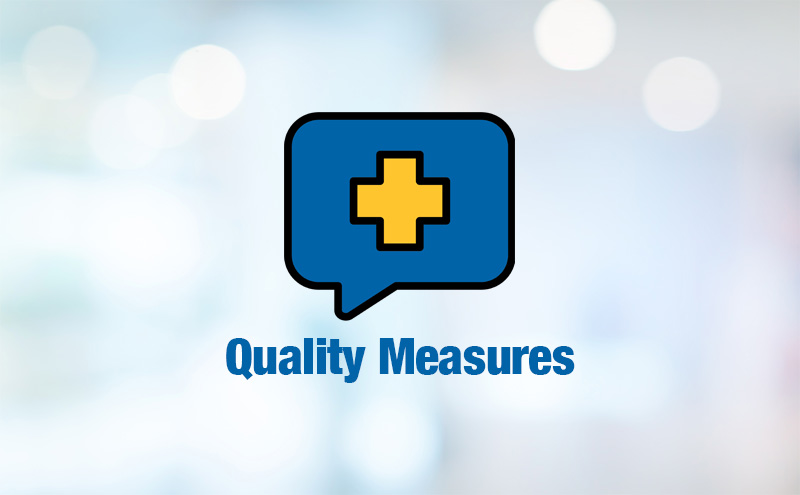
August 9, 2024
Quality Measures
1. Why is ACEP developing quality measures?
2. How does ACEP develop quality measures?
3. What quality measures currently exist?
4. What new quality measures are under development?
5. Can I help define and develop quality measures for emergency medicine?
6. Where can I submit my idea for a new quality measure?
7. How does ACEP advance quality measures at the national level?


